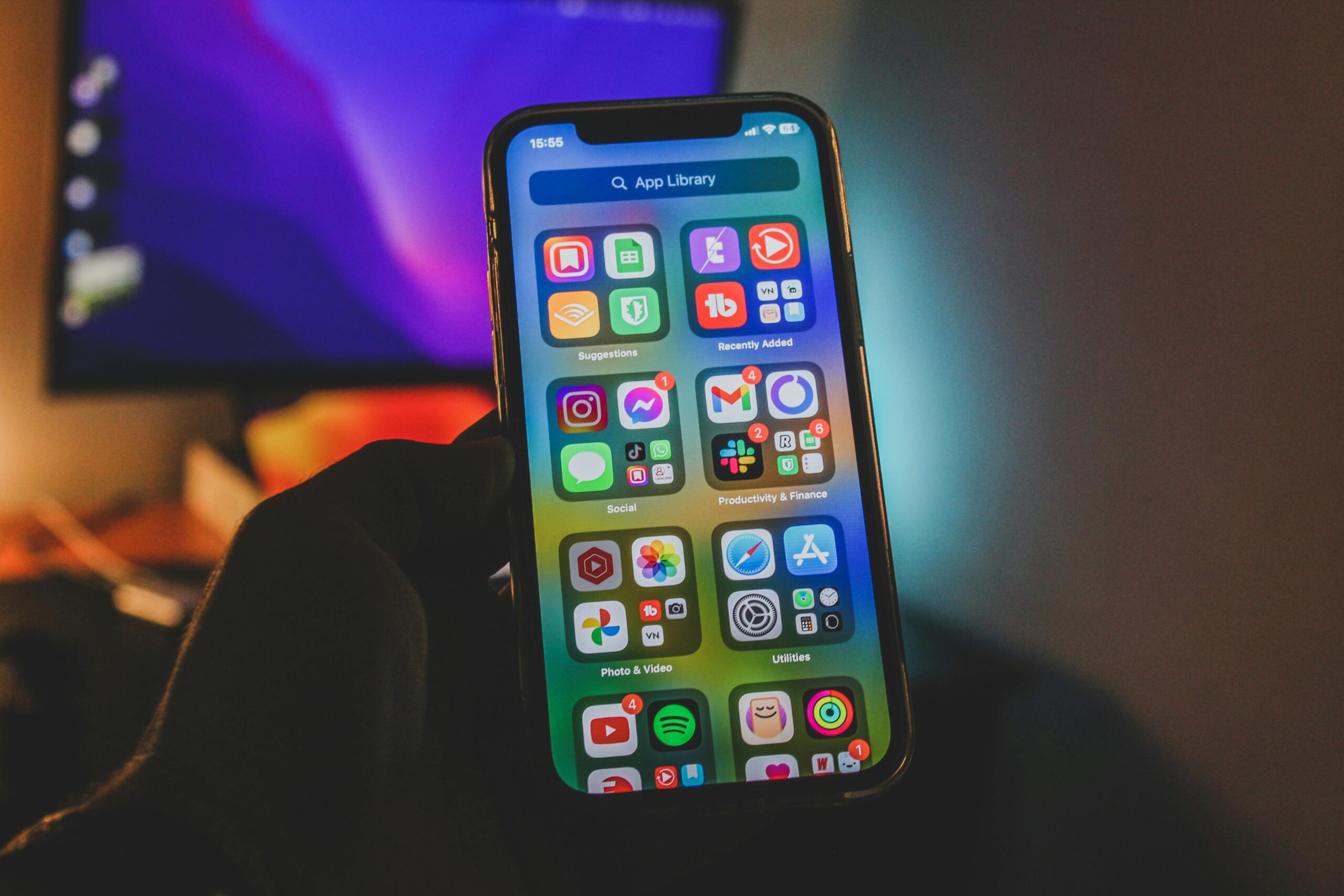
What Your Phone is Doing to Your Marriage
What Your Phone is Doing to Your Marriage
A couple describing what they called “the slow fade.” They weren’t fighting. Nobody had an affair. They still split chores fairly and tag-teamed bedtime like pros. But somewhere between the group texts, work emails, and doomscrolling at 10 PM, they’d become roommates with a shared calendar.
“We’re in the same room,” the wife said, eyes welling up, “but I feel completely alone.”
Her husband looked down at his phone — still in his hand — and something clicked. He hadn’t even realized he was holding it.
If this sounds familiar, you’re not alone. And no, you’re not being dramatic. What your phone is doing to your marriage isn’t just about screen time — it’s about presence, safety, and the quiet erosion of emotional intimacy that happens when we’re physically together but mentally a thousand miles away.
Why Your Phone Feels Like a Third Person in Your Relationship
Here’s the uncomfortable truth: our brains are wired for connection, but they’re also wired for novelty. Every ping, buzz, and notification triggers a tiny dopamine hit — the same neurochemical reward that makes us feel seen, needed, and alive. Your phone isn’t trying to compete with your partner. It just happens to be really, really good at giving you that hit on demand.
Meanwhile, your spouse is sitting right there — beautiful, complex, and wonderfully predictable. And predictability, while deeply comforting, doesn’t light up the brain’s reward center the way a notification does.
You’re not imagining it — according to the Pew Research Center, 51% of partnered adults say their significant other is often or sometimes distracted by their phone during conversations. And research published in the Journal of Social and Personal Relationships found that even the presence of a phone on the table during a conversation decreased feelings of trust and closeness between partners.
This phenomenon has a name: technoference. It’s the everyday intrusion of technology into couple interactions, and it’s quietly dismantling the very thing that keeps marriages alive — emotional responsiveness.
In Emotionally Focused Therapy (the gold standard for couple’s work), we talk about attachment bonds. Your partner needs to know: Are you there for me? Do I matter to you? Will you respond when I reach for you? Every time you choose your screen over their story, you’re answering those questions with silence. And silence, over time, becomes distance.
How to Rebuild Presence (Without Throwing Your Phone in a Lake)
The good news? Awareness is half the battle. You don’t need a digital detox retreat or a flip phone from 2004. You just need to create small, sacred boundaries that tell your partner: You matter more.
Here are five practical, research-backed tools to reclaim your connection:
1. The Phone Basket Ritual
Choose one hour every evening — dinner, after the kids are down, Sunday morning coffee, whatever fits — and both of you put your phones in a basket, drawer, or another room. Out of sight, out of mind. Use this time to talk, laugh, vent, or just exist together without the magnetic pull of the screen. One couple I worked with called it “offline hour,” and it became the highlight of their week.
2. The 10-Second Rule
When your partner starts talking to you, give them 10 full seconds of eye contact before you even think about glancing at your phone. It sounds almost too simple, but this tiny gesture sends a powerful message: I see you. You’re worth pausing for. Neuroscience shows that eye contact activates the social engagement system in the brain, literally helping you feel more connected.
3. The “Phone-Free Zone” Agreement
Decide together on one or two spaces that are phone-free by default: the bedroom, the dinner table, the couch during evening wind-down. This isn’t about control — it’s about co-creating a sanctuary. If you need your phone as an alarm, get a $10 alarm clock. Your nervous system will thank you, and so will your marriage.
4. The Curiosity Check-In
Instead of nagging (“You’re always on that thing!”), try curiosity: “I’ve noticed we’re both on our phones a lot lately. I miss us. Can we talk about what we need right now?” This opens a dialogue instead of a defense. Maybe your partner is stressed and scrolling to numb out. Maybe you’re both avoiding a harder conversation. Either way, you’re talking about the pattern instead of just repeating it.
5. The “I’m Here” Text
Sounds counterintuitive, right? But here’s the twist: during the day, send your partner a text that says something like, “Can’t wait to actually talk to you tonight — no phones, just us.” You’re using technology to prioritize presence. It builds anticipation and sets an intention. Plus, it’s really sweet.
| Tool | What It Does | How to Try It |
|---|---|---|
| Phone Basket Ritual | Creates distraction-free connection time | Pick one hour daily; both phones go in a basket or drawer |
| 10-Second Rule | Signals emotional presence and respect | Give 10 seconds of eye contact before checking your phone |
| Phone-Free Zones | Protects intimacy and sleep quality | Agree on 1–2 spaces (bedroom, dinner table) that stay screen-free |
| Curiosity Check-In | Opens dialogue without blame | Say: “I miss us. Can we talk about our phone habits?” |
| “I’m Here” Text | Uses tech to prioritize real-life presence | Text your partner during the day to plan phone-free time together |
You Haven’t Lost Each Other — You’ve Just Been Interrupted
Here’s what I want you to know: the fact that you’re reading this means you care. You’re not a bad partner. You’re not hopelessly disconnected. You’re just navigating a world that wasn’t designed with your marriage in mind. The phones aren’t going anywhere — but neither is the love that brought you two together. You’ve already taken the hardest step: caring enough to notice. Now, pick one small thing to try this week. You’ll be amazed how even small moments of presence can bring back the closeness you’ve been missing.



